my favorite color is…
Everyone’s favorite color is reflected in the choice of plant materials used in their garden. Yet each year, the colors of our garden change due to the outside influence of color trends. One of the leading influences of color changes made each year is made through the presentation of a fresh, new palette by the Color Marketing Group (CMG).
At its bi-annual meeting and color trend workshops, Color Marketing Group meets to establish a color palette that represents the national forecast of colors determined by the group’s diversified membership. This information is then presented to all industries, and in turn, is used in the development of new materials produced throughout the country.
The horticulture industry is affected by these new color trends. A color can easily be changed in fashion and homes, but in horticulture a color change is a major variance in a plant’s development. Yet the importance of having shades and tones of a particular species readily available is imperative to keeping consumers’ needs a priority. There are many breeders developing new plant materials that, at the time of their development, are not popular due to their color. In time, these same colors may become popular, and that plant could become the most sought-after fashion accessory of the year.
Knowing the trends and using them in your business and in your home keeps us all on the cutting edge. There is comfort in keeping things the way they are, but to add new Á excitement, the addition of a new color in plant materials can extend and create a new environment. Color and flowers can make a statement and keep us up-to-date.
The primary influence of 2003 trends is the ailing economy; therefore, the color palette for 2003 is trustworthy and comforting. In troubled times we look to past eras that represent familiar times for inspiration. The glamour of the 1930s and 40s and the prosperity of the 20s (Gatsby look) influence all of our colors. We are also turning to the European “Old World” look for inspiration. We like the history and the opulent splendor of the old world. We are enchanted with the look of the patinas and old frescos as they represent security and stability of the ages. We find beauty in the spice colors of the exotic marketplaces, the blue of the seas and the burnished landscapes of the ancient olive groves and vineyards.
2003: the year for blue
For 2003, blue is the most dominant color. Four different directions for blue have been developed; the aquatic blue-green, the atmospheric blue, the blue-black of a summer sky and the safe and grounded blue of a forget-me-not.
The color blue, since ancient times, has been a very symbolic color for warding off the “evil eye.” The preference comes from an old belief that the sky-blue color had the power to keep evil away. The radiation of the color composed an invisible shield, which prevented the approach of bad spirits. This belief is still alive today and is reflected in the architecture colorations of buildings in Greece, in provinces of Spain, Egypt and Morocco, and Arab villages. It reaches new dimensions of meaning in the artwork and jewelry of the American Indian, and the resurgence of sapphire blues as a new and popular jewel of today.
Indeed our country, with reminders of the tragedy of September 11, an economic downturn and the stock market decline, would certainly embrace a color that symbolized protection, comfort and safety.
Blue can be found in many choices of natural materials, as we see in the beauty of the various colors of blue in the delphinium. We are also seeing Á the blue-green color of the Kentucky blue grass and in the shades of blue in the new ornamental grasses found in so many gardens today. Other shades of blue that can be found in various hues in our gardens are in cornflower, agapanthus, ageratum, monkshood and various shades of iris.
Although the variety of blue in nature is not as prevalent as other colors, production of the blue gene in various flowers through biotechnology is in development. Technology promises a future where the quest for the elusive blue rose, which currently does not exist because roses lack the corresponding pigment gene, may finally be resolved.
Other colors for 2003
The next color grouping that has surfaced for 2003 is a color that is neither pink nor purple but a color blended from both. The color during the 60s-70s that comes closest to it is mauve. But this new color is fresh and vibrant it is a soft pink with blue added along with a little splash of yellow.
Reds will remain important, but the addition of blue to them makes them more comforting. The color of both the fruit and the skin of a pomegranate is a truly important color. There are many plants and botanical materials that are in this family of color and therefore, all plants in this color family should be successful garden products for 2003.
The color orange is diminishing in vibrancy as it takes on a moderate, subdued tone. Its name, iron-orange, best explains its hue. It is not as terra cotta as the name may suggest, and even though it looks more subdued, there is still a certain freshness to it.
Whites are not losing their place in the new trends. Whites with iridescence, silver, gold, gold-silvers, and bronze tones will be strong. How will this relate to the horticulture market? The addition of garden accessories such as gazing balls and garden ornaments reflects this trend. The creamy white, Gatsby-like gazebo; the backyard reflecting pool; and the iridescent glistening of the copper-tone fish in the pool will bring a feeling of comfort and security into any home or garden.
Green will remain a strong color as it represents the garden trend, which will continue to flourish. Fresh, dew-frosted greens and blue-greens will be strong elements of garden and home furnishings. The tropical influence, with palms and tropical flowers, will bring new interest to the modern exotic gardens. The vibrant tones of green and the layering of the colors will give both the home and the garden a tropical splendor that has not been seen since the late 40s.
All colors are edible. In other words, think of the foods and the plant materials that are edible and you have the true range of color for this year. Think of watermelon, cantaloupe, tomato, currant and pomegranate, and you will begin to see the picture of the new color palette.




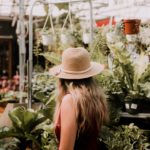

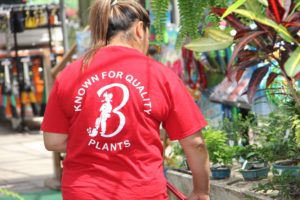
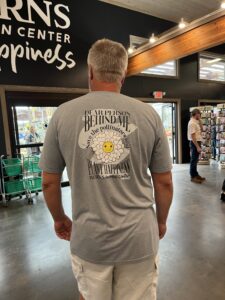
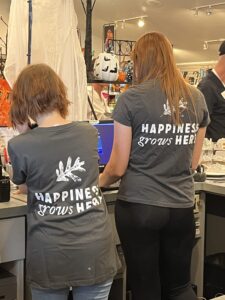
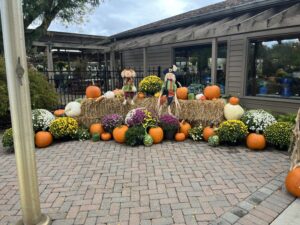
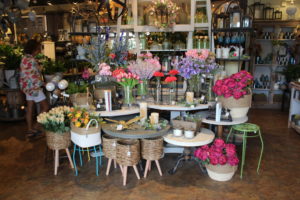

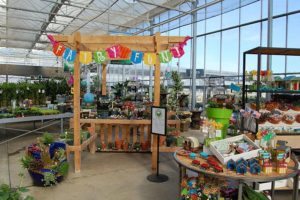
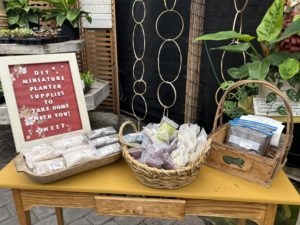
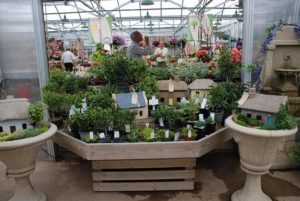
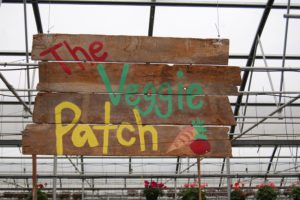
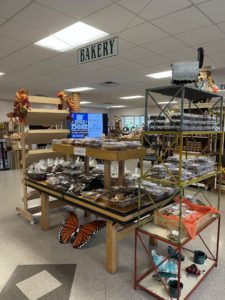
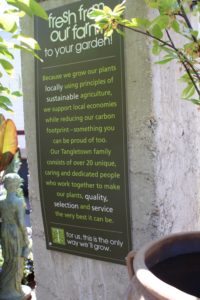
 Videos
Videos





